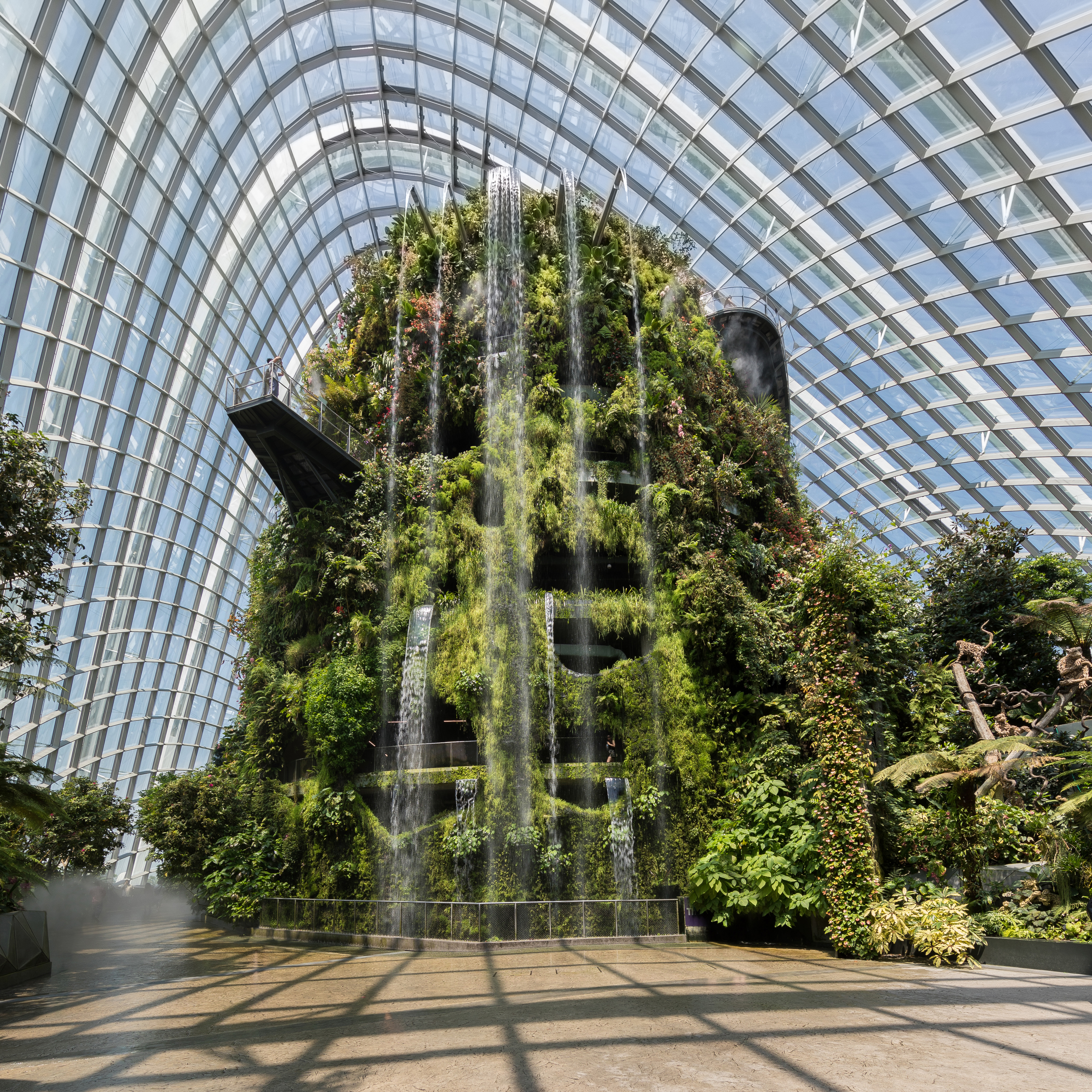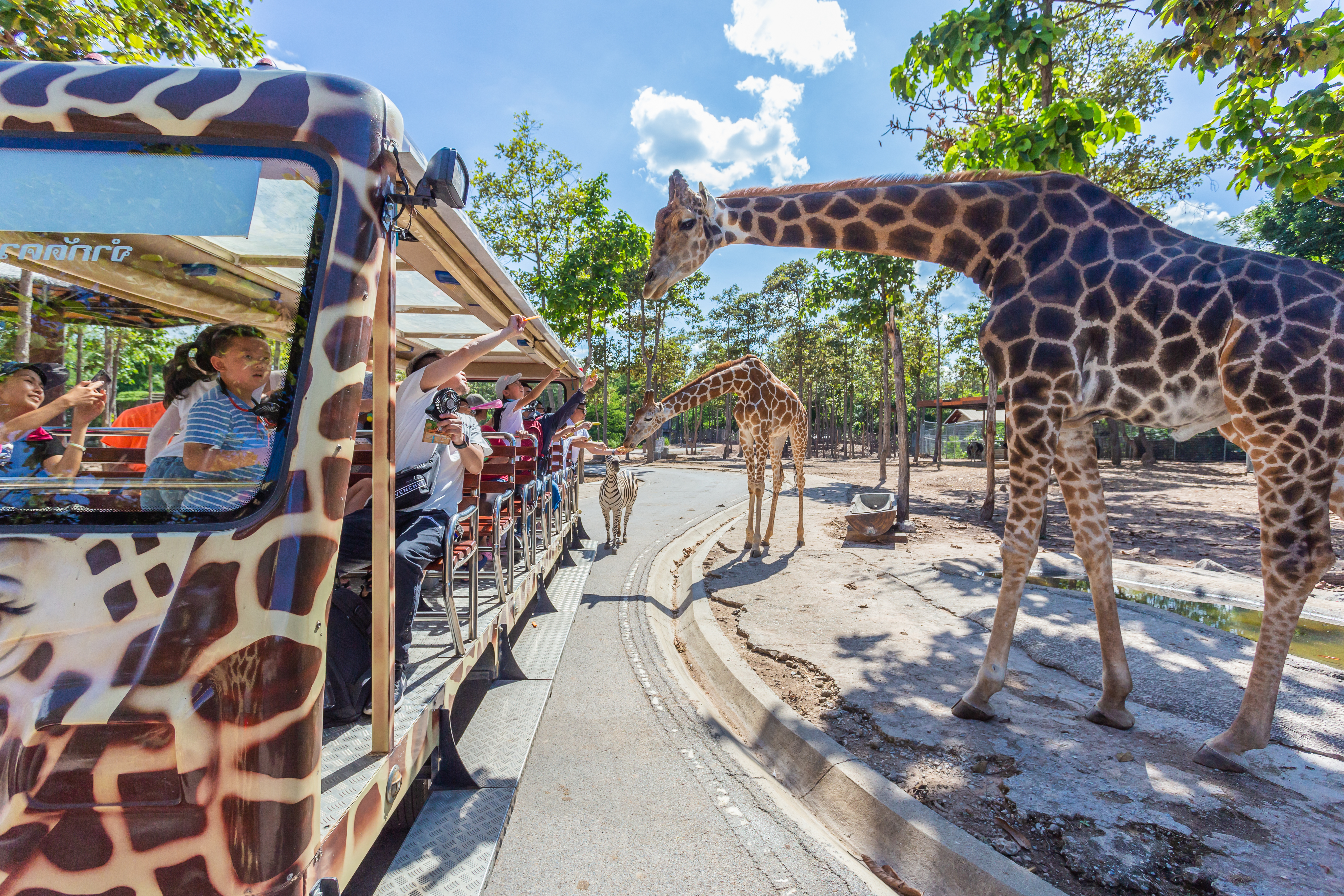 |
| Kochin Port, India MoPSW, CC BY-SA 4.0, via Wikimedia Commons |
India's trade relations with North America have evolved significantly over the past few decades.
The United States and Canada are among India's most important trading partners, with bilateral trade encompassing a wide array of industrial products. This essay delves into the various industrial goods exported by India to these countries, highlighting key sectors, recent trends, challenges, and future prospects.
1. Engineering Goods
 |
| The port of Mundra in Gujarat. Felix Dance, CC BY 2.0, via Wikimedia Commons |
Overview
Engineering goods constitute a significant portion of India's industrial exports to both the USA and Canada. These products encompass a broad spectrum, including:
-
Industrial Machinery: Equipment used in manufacturing processes, construction, and mining.
-
Automotive Components: Parts and accessories for vehicles, including engines, transmissions, and electrical systems.
-
Electrical Machinery: Transformers, generators, and other electrical equipment.
-
Iron and Steel Products: Structural components, sheets, and rods used in construction and manufacturing.
Trade Dynamics
In the fiscal year 2023-24, India's engineering goods exports reached approximately $109.2 billion, accounting for over 25% of the country's total exports. The USA remains a primary destination for these products, with significant imports of machinery, automotive parts, and electrical equipment.
Canada also imports a considerable amount of engineering goods from India, particularly in sectors like construction, automotive, and energy. The trade in these goods is bolstered by India's competitive manufacturing capabilities and the growing demand for infrastructure development in both North American countries.
2. Chemicals and Petrochemicals
Overview
India is a major exporter of chemicals and petrochemical products, supplying a diverse range of items to the USA and Canada. These include:
-
Organic Chemicals: Used in pharmaceuticals, agriculture, and manufacturing.
-
Inorganic Chemicals: Such as acids, salts, and fertilizers.
-
Specialty Chemicals: Including dyes, pigments, and surfactants.
-
Petrochemical Products: Like plastics, synthetic fibers, and resins.
Trade Dynamics
The chemical industry is a cornerstone of India's export economy. In fiscal year 2023-24, Gujarat alone accounted for 46.16% of India's total chemical exports, amounting to approximately $12.9 billion. The USA is a significant importer of these products, driven by its vast industrial base and demand for raw materials in various sectors.
If any tourists need any help, here is the official website of the Government of India to guide the domestic and foreign tourists: India Tourism Development Corporation (ITDC)
Canada's chemical imports from India are also substantial, particularly in areas like agriculture, pharmaceuticals, and manufacturing. The trade is facilitated by India's well-established chemical manufacturing hubs and adherence to international quality standards.
 |
| Kochin Port, India MoPSW, CC BY-SA 4.0, via Wikimedia Commons |
3. Pharmaceuticals and Medical Devices
Overview
India is renowned as the "pharmacy of the world," supplying a vast array of pharmaceutical products and medical devices to North America. These include:
-
Generic Medicines: Both over-the-counter and prescription drugs.
-
Active Pharmaceutical Ingredients (APIs): Essential components for drug manufacturing.
-
Medical Devices: Such as diagnostic equipment, surgical instruments, and hospital furniture.
Trade Dynamics
The pharmaceutical sector is a major contributor to India's export economy. In fiscal year 2023-24, India's pharmaceutical exports were valued at approximately $24.4 billion, with the USA being the largest importer. The demand is driven by the need for affordable healthcare solutions and the high quality of Indian pharmaceuticals.
Canada also imports a significant volume of pharmaceutical products from India, particularly generic medicines and medical devices. The trade is supported by regulatory frameworks that facilitate the import of high-quality, cost-effective healthcare products.
 |
| The port of Mundra in Gujarat. Felix Dance, CC BY 2.0, via Wikimedia Commons |
4. Textiles and Apparel
Overview
India's textile and apparel industry is one of the oldest and most significant sectors in its export portfolio. The country exports a wide range of textile products, including:
-
Cotton and Synthetic Fabrics: Used in various applications from clothing to industrial purposes.
-
Ready-made Garments: Apparel for men, women, and children.
-
Home Textiles: Such as bed linens, curtains, and upholstery.
Trade Dynamics
The USA is one of the largest importers of Indian textiles and apparel. In fiscal year 2023-24, India's textile and apparel exports to the USA were valued at over $7 billion. The demand is fueled by the USA's large consumer base and preference for diverse and affordable clothing options.
Canada also imports a considerable amount of textile products from India, particularly in the apparel and home textiles segments. The trade is facilitated by India's vast production capacity and the growing popularity of Indian designs and fabrics in the Canadian market.
 |
| The port of Mundra in Gujarat. Felix Dance, CC BY 2.0, via Wikimedia Commons |
5. Gems and Jewelry
Overview
India is a global leader in the gems and jewelry industry, exporting a variety of products to North America. These include:
-
Diamonds: Both cut and uncut stones.
-
Gold and Silver Jewelry: Including rings, necklaces, and bracelets.
-
Precious and Semi-Precious Stones: Such as rubies, emeralds, and sapphires.
Trade Dynamics
The USA is a significant importer of Indian gems and jewelry, with exports valued at over $10 billion in fiscal year 2023-24. The demand is driven by the USA's large jewelry market and the preference for high-quality, intricately designed pieces.
Canada also imports a considerable amount of gems and jewelry from India, particularly in the ethnic and designer segments. The trade is supported by the growing Indian diaspora in Canada and the increasing appreciation for Indian craftsmanship.
 |
| Kochin Port, India MoPSW, CC BY-SA 4.0, via Wikimedia Commons |
6. Food Processing and Agricultural Products
Overview
India exports a variety of processed food and agricultural products to the USA and Canada. These include:
-
Spices: Such as turmeric, cumin, and cardamom.
-
Tea and Coffee: Both traditional and specialty blends.
-
Processed Foods: Including snacks, ready-to-eat meals, and confectionery.
-
Fresh Produce: Such as mangoes, pomegranates, and guavas.
Trade Dynamics
The USA is a major importer of Indian food products, with exports valued at over $6 billion in fiscal year 2023-24. The demand is driven by the USA's diverse population and the increasing popularity of ethnic cuisines.
Canada also imports a significant volume of food products from India, particularly in the spice and snack segments. The trade is facilitated by the growing interest in Indian cuisine and the large South Asian community in Canada.
Challenges in Trade
Despite the strong trade relations, several challenges impact India's industrial exports to the USA and Canada:
-
Regulatory Compliance: Adhering to stringent standards and certifications required in North American markets.
-
Logistics and Supply Chain Issues: Managing shipping costs and delivery times, especially during global disruptions.
-
Tariff and Non-Tariff Barriers: Navigating import duties and other trade restrictions.
-
Currency Fluctuations: Managing exchange rate risks that can affect pricing and profitability.
 |
| The port of Mundra in Gujarat. Felix Dance, CC BY 2.0, via Wikimedia Commons |
Future Prospects
Looking ahead, several factors are poised to influence the trajectory of India's industrial exports to North America:
-
Trade Agreements: Potential free trade agreements could reduce barriers and enhance market access.
-
Technological Advancements: Innovations in manufacturing and logistics can improve efficiency and competitiveness.
-
Sustainability Initiatives: Increasing demand for environmentally friendly and ethically produced goods.
-
Diversification of Export Products: Expanding into new sectors such as renewable energy equipment and digital technologies.
Conclusion
India's industrial exports to the USA and Canada encompass a diverse range of products, reflecting the country's manufacturing capabilities and the dynamic needs of North American markets. While challenges exist, the robust trade relations and future opportunities suggest a promising outlook for continued growth and collaboration between India and its North American partners.
Sources
-
Engineering Goods Exports from India: Data on India's engineering goods exports, including machinery, automotive components, and electrical equipment.
-
Chemical and Petrochemical Statistics: Information on India's chemical and petrochemical exports, detailing various product categories and export volumes.
-
Pharmaceutical and Medical Device Exports: Statistics on India's pharmaceutical and medical device exports, highlighting key product segments and trade volumes.
-
Textile and Apparel Export Data: Insights into India's textile and apparel exports, including major product categories and export destinations.
-
Gems and Jewelry Export Information: Details on India's gems and jewelry exports, covering various product types and export figures.
-
Food Processing and Agricultural Exports: Data on India's food processing and agricultural exports, including key product categories and export volumes.
-
Trade Dynamics and Challenges: Analysis of the trade dynamics between India and North America, including challenges and opportunities.
-
Future Prospects and Trends: Discussion on the future prospects of India's industrial exports to the USA and Canada, considering various factors influencing trade.





.jpg)

.jpg)

.jpg)


.jpg)


